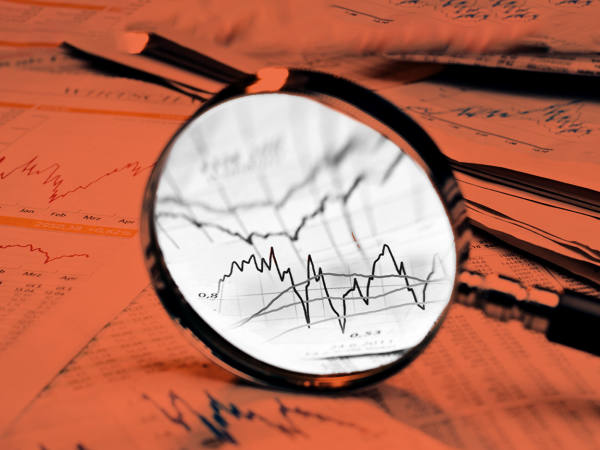- Vodafone is struggling
- But don’t rule out telecoms
- Lots of idea-generating content
For decades, digital connectivity has been a defining feature of our world. But knowing which part of this web to invest in at any given time is rarely clear.
Take Vodafone (VOD), or the “world’s largest telecommunications company” to quote its corporate website. At the end of 2013, shortly after agreeing to sell its 45 per cent stake in Verizon (US:VZ) for $130bn, the group was the third-largest name in the FTSE 100 after Shell (SHEL) and HSBC (HSBA).
Eighteen months later, the stock topped out at £2.55 as investors bid up the group’s valuation to 45 times forward consensus earnings of 5.7p per share. Skip forward to February 2023, and analysts’ forward earnings forecasts for the coming financial year stand at 9.4p. Had nothing else changed, the shares might be worth £4.23. Instead, and even after the rally in risk assets this year, they change hands for just 92.5p.
This dramatic re-pricing is partly about financial markets. In May 2015, when safe bonds only offered the possibility of higher prices, Vodafone’s 4.5 per cent dividend yield was an enticing prospect for income investors. Today, the same yield is on offer, essentially risk-free, from US Treasuries.
To make sense of the rest of the decline, look no further than Vodafone’s latest quarterly numbers. Revenues in most core markets are now falling, while the relative bright spot that is the UK looks reliant on above-inflation price rises. The prolific use of non-GAAP performance measures – such as ‘adjusted EbitdaaL’ and ‘adjusted free cash flow’ – merely complicate investors’ efforts to assess the impact of rising costs and interest payments on the dividend.
As with another favoured investment of years gone by – the buy-to-let market – Vodafone shares’ promise of low-risk equity income growth has soured due to enhanced consumer rights, limited pricing power, and higher capital costs. Weak margins are getting weaker, and a lack of transferrable expertise closes the door to shifts into new sectors.
Stuck with an undifferentiated product and a cost-conscious and flighty consumer, the task of profiting from the end users of telecommunications networks is now a struggle. But that doesn’t mean there aren’t viable rent-seeking opportunities elsewhere in the sector.
Indeed, the decision by private equity group KKR to go halves on Vodafone’s majority stake in Vantage Towers – the FTSE 100 group’s Europe-wide asset portfolio of towers, masts, rooftop sites and antennae – is testament to this. The deal, struck in November, valued the asset-rich Vantage’s equity at three times book value, six times Vodafone’s own multiple.
This week, our ideas section looks at two UK-listed plays on the theme. One is an investment trust which owns of an array of data centres, fibre-optic networks and mobile towers, the other is tapped into the growing demand for cellular network testing and monitoring services.
Understanding how such growth stories translate into growing profits is fundamental to successful investing. The world of technology – and much of the world beyond it – is currently abuzz with the potential of artificial intelligence (AI), following OpenAI’s release of the ChatGPT large language model at the end of 2022.
Which of the software giants will emerge victorious in this high-stakes battle is probably impossible to gauge at this moment, although it is hard to ignore that Nvidia (US:NVDA) and Taiwan Semiconductor (US:TSMC) – two of the pre-eminent chipmakers whose hardware will be needed to power this fight – are up 47 and 46 per cent, respectively, over the past three months. By contrast, Alphabet (US:GOOGL) and OpenAI backer Microsoft (US:MSFT) – arguably the two Silicon Valley firms best placed to turn AI advances into dominant software applications – are up a mere 16 and 13 per cent over the same period.
Some investors, it seems, are alive to the value of the hard assets that our digital world requires.










